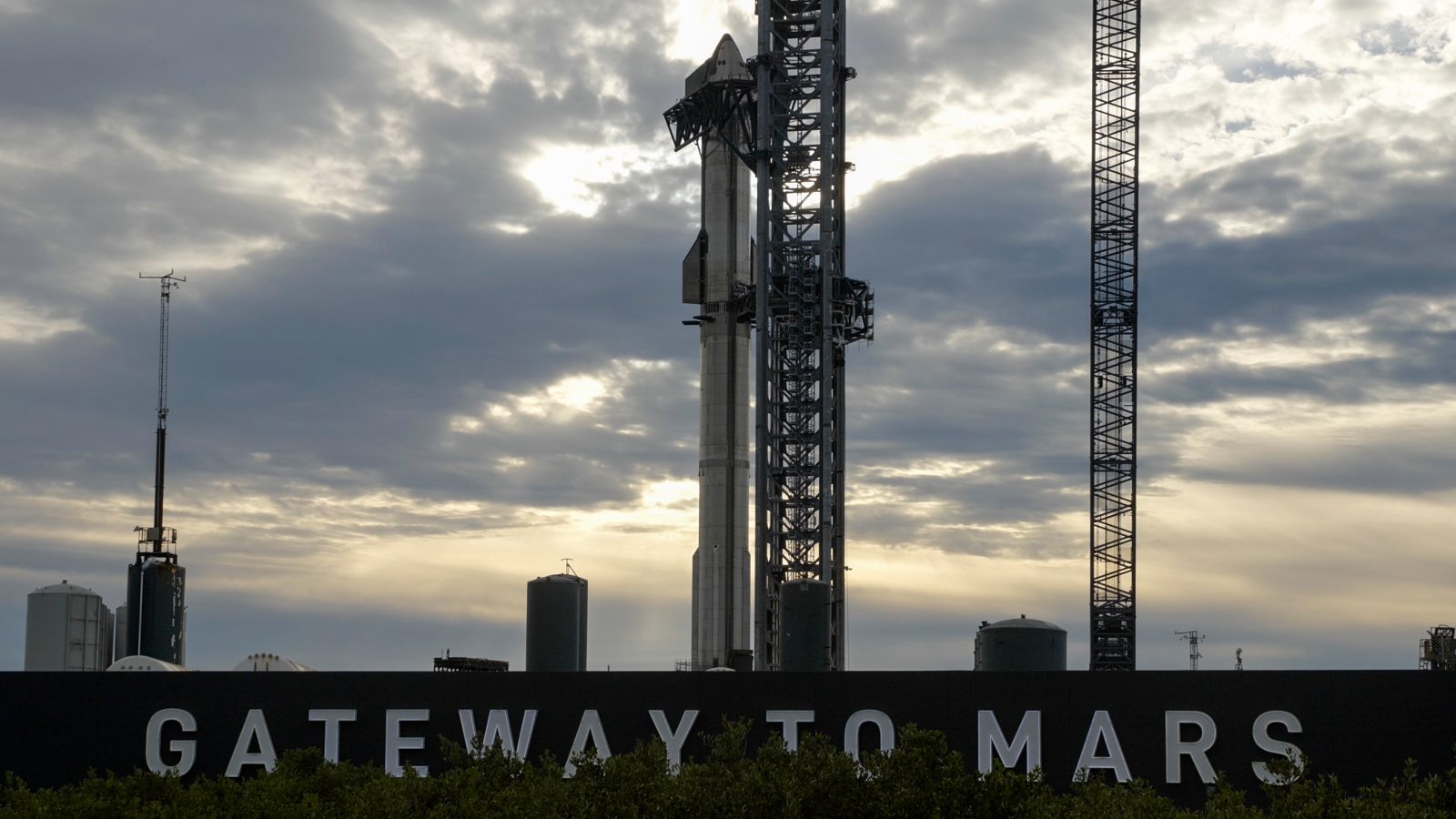
One year ago SpaceX launched its first fully integrated Starship rocket, which in my opinion is the start of the Starship era of spaceflight. While that mission was far from 100% successful, this new era is truly changing the way people look at the future of heavy lift rockets.
Starship developing nearing light at end of tunnel
It what was another great stroke of luck for Elon Musk, on 4/20 SpaceX successfully launched its first Starship rocket. And by “successfully launched” I mean the rocket left the pad under it’s own power, a pretty low bar.
However, this mission did have a pretty low bar for success. Musk stated weeks before launch that he was just hoping it wouldn’t blow up the launch pad the company just finished building months earlier. The rocket lifted off from Starbase, Texas and made its way just past stage separation before losing control and being terminated.
Years of successful Falcon 9 and Heavy missions caused confusion among the general public that mission was a failure, however it was just the first step of flight tests in developing the world’s largest and most powerful rocket.
One year later, I think it’s safe to say we’re seeing the light at the end of the Starship development tunnel. While launching it’s first commercial payload and being ready to do so are two very different paths, by the end of the year we could see SpaceX begin moving Starlink deployments over from Florida to Starship.
On its third flight just a few weeks ago, Starship flew through complete ascent burns on both the booster and upper stage as well as tested the Starlink payload door. While neither stage survived the return trips back to Earth, it was a major step forward for the rocket in getting as far as it did.
The next flight is expected to be the same and Musk wants to attempt a booster catch sometime in the next year. Activity has picked up on both the Gulf and East Coasts to get additional launch sites available for Starship as in the next few years, it could be a regular commercially operated rocket.
Join our Discord Server: Join the community with forums and chatrooms about space!
Is the market ready for Starship?
While usually a single successful orbital mission would be required to claim commercial readiness. Starship will likely take a bit longer than just that.
First, the upper stage isn’t yet designed or tested to carry anything other than SpaceX’s Starlink flat satellites and second, the customers aren’t even ready for them yet.
The only customers either currently or soon will be sitting around waiting for Starship will be Starlink and NASA’s Artemis program. After that, companies and agencies are still developing what would even go inside it.
The general market has been moving smaller with SmallSats quickly becoming the most popular payload launched into space. They’re cheap, easy to replace, and allows you to build more. Both commercial and government stakeholders are moving deeper in this direction, though they are getting slightly larger over time but not by much.
Many of these payloads are happy using rideshare missions or dedicated launchers like Electron.
So for Starship, a rocket designed for much larger payloads, the biggest question will be who switches over for the cheaper flights. SpaceX could put together large rideshare missions and maybe that will work out.
However, I think the more likely outcome will be much different. Starship was designed for one purpose and one purpose only, Mars. Musk didn’t design or build Starship for any other reason than to make humanity multi-planetary. That is its market, and right now that market doesn’t exist.
So while many will take advantage of Starship’s lower cost to orbit, it will be and always will be built for a market that doesn’t exist: The Martian Market.
FTC: We use income earning auto affiliate links. More.




Comments